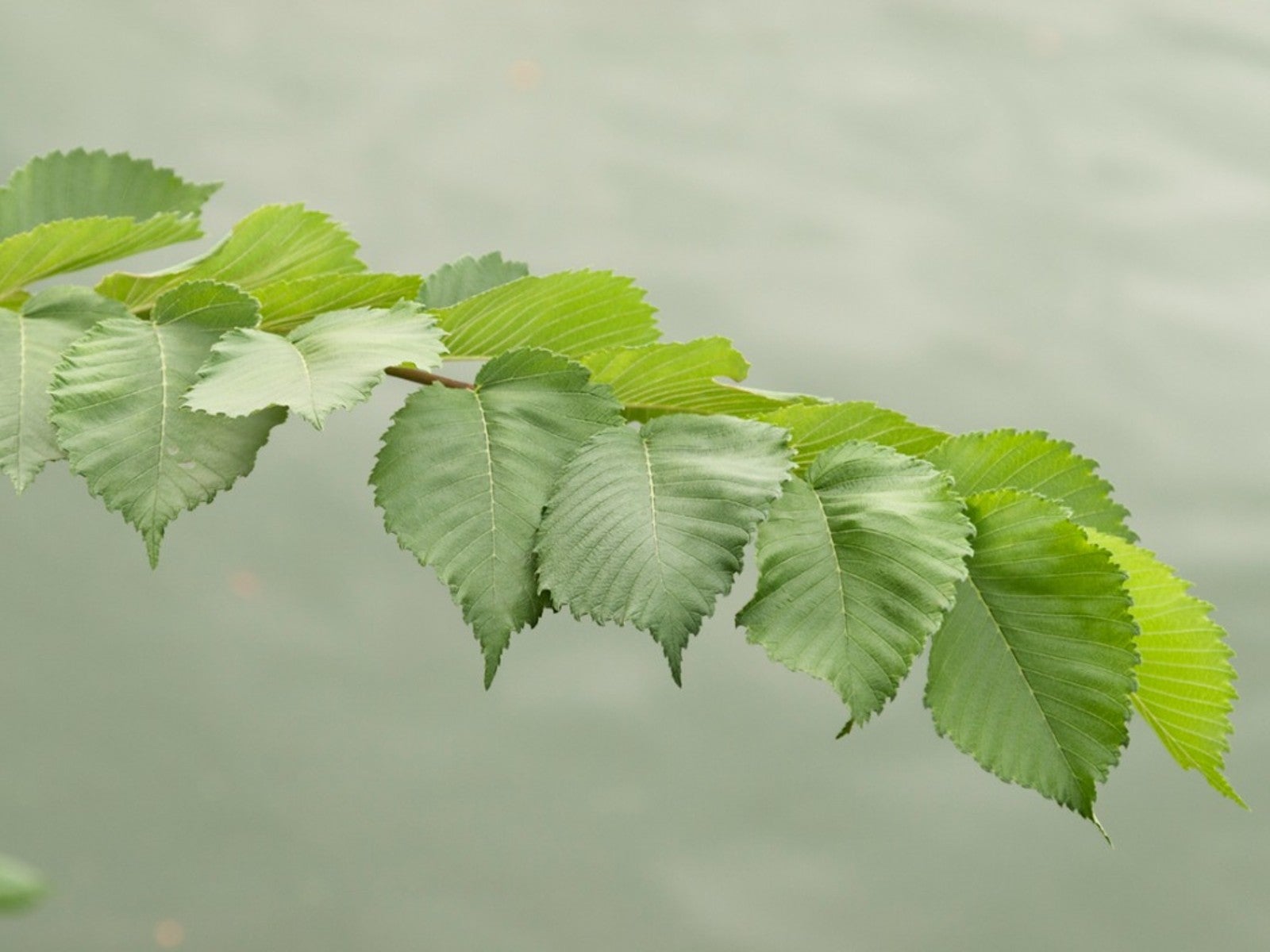What Is An American Elm Tree - American Elm Facts


The American elm tree (Ilmus americana) is a tall, mighty tree, native to the eastern United States. This spreading deciduous tree is the state tree of North Carolina. It is known for its lush foliage, and American elm leaves can grow as long as your hand.
This beautiful shade tree is easy to grow and transplants readily. But growing American elm is no longer recommended given the tree’s susceptibility to lethal Dutch elm disease. Read on for more American elm facts including information on American elm care.
American Elm Facts
When we say this is a mighty tree, we mean big and wide, growing in the urn shape that is classically elm. American elm trees can grow to 100 feet (30 m.) tall with a similar spread. And they grow fast, up to 3 feet (1 m.) a year. Trunks can grow to between 3 to 6 feet (1 to 2 m.) in diameter.
American elm leaves are a bright shade of green when they appear in the springtime, with a paler shade on the underside of the leaves. In autumn, they provide a brilliant fall display. They turn canary yellow and are very showy before they fall. These are long-lived trees as well, with a lifespan of over 150 years.
Growing American Elm
These trees are tough and healthy, but not tough or healthy enough to combat Dutch elm disease. Because of the numbers of elms the disease has killed, experts do not recommend growing American elms.
If you want to plant an American elm tree anyway, note that this tree doesn’t do well in warm-winter climates. It thrives in U.S. Department of Agriculture plant hardiness zones 2 through 9, where it requires a site with full or partial sun.
American Elm Care
If you already have an American elm, you may be wondering how to take care of the tree. American elm care is not difficult as long as the tree is planted in an appropriate zone and an appropriate location that offers moist, well-drained soil. The tree does best in rich, loamy soil but it adapts readily to both wet and dry sites.
Sign up for the Gardening Know How newsletter today and receive a free copy of our e-book "How to Grow Delicious Tomatoes".
The biggest challenge to this tree’s health is Dutch elm disease. This is a deadly fungal disease that is brought to the tree by bark beetles. It results in wilting, loss of leaves and finally death.

Teo Spengler is a master gardener and a docent at the San Francisco Botanical Garden, where she hosts public tours. She has studied horticulture and written about nature, trees, plants, and gardening for more than two decades, following a career as an attorney and legal writer. Her extended family includes some 30 houseplants and hundreds of outdoor plants, including 250 trees, which are her main passion. Spengler currently splits her life between San Francisco and the French Basque Country, though she was raised in Alaska, giving her experience of gardening in a range of climates.